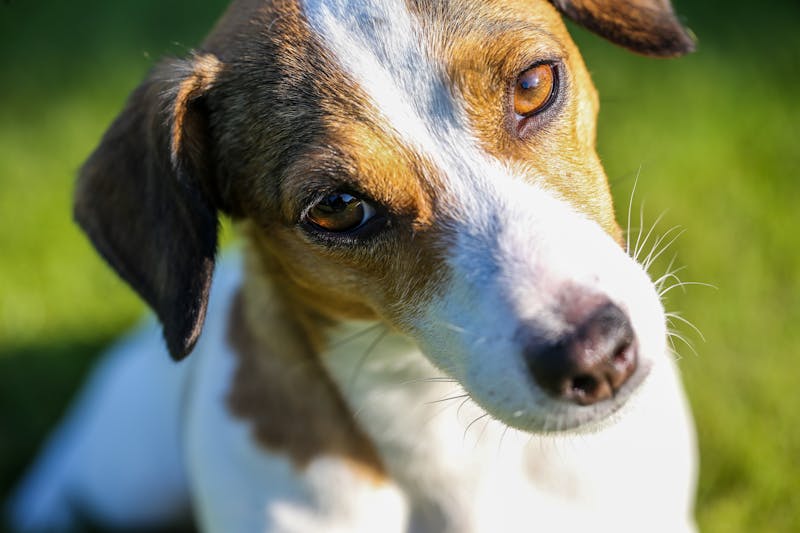Blue Heeler
-
OriginAustralia
-
BodyMedium-sized and muscular
-
CoatShort
-
The Blue Heeler, also known as the Australian Cattle Dog, is a highly energetic and intelligent breed known for its herding capabilities and loyalty. Originating in Australia, this breed was developed in the 19th century to handle the challenging task of herding cattle across vast and rugged terrains.
Physically, Blue Heelers are medium-sized dogs, typically weighing between 35 to 50 pounds and standing about 17 to 20 inches tall at the shoulder. They have a sturdy, muscular build and a distinctive coat that is short, dense, and weather-resistant. The coat is predominantly blue or blue-speckled, often with black, blue, or tan markings. Their alert, upright ears and keen eyes reflect their attentive and vigilant nature.
The Blue Heeler's history is deeply intertwined with the development of the Australian cattle industry. Early settlers needed a robust and hardworking dog to manage cattle over long distances. The breed was created by crossing native Australian Dingoes with imported breeds like the Blue Merle Collie and Dalmatian. The result was a resilient and hardworking dog capable of withstanding harsh conditions while effectively herding livestock.
Temperament-wise, Blue Heelers are known for their intelligence, independence, and strong work ethic. They are extremely loyal and protective of their families, making them excellent guardians. However, their high energy levels and strong herding instincts mean they require plenty of physical and mental stimulation. Without adequate exercise and tasks, they can become bored and potentially destructive.
Training a Blue Heeler requires consistency, patience, and positive reinforcement. They are quick learners and thrive in environments where they have a job to do, whether it's herding, obedience training, or agility. Early socialization is crucial to ensure they are well-adjusted and can differentiate between work and play.
Health-wise, Blue Heelers are generally healthy, but like all breeds, they can be prone to certain health issues. Common concerns include hip dysplasia, progressive retinal atrophy (PRA), and deafness. Regular veterinary check-ups, a balanced diet, and plenty of exercise are essential for maintaining their health and well-being.
The Blue Heeler is a versatile, hardworking, and loyal breed that excels in herding and makes a devoted companion for active families. With their intelligent and energetic nature, they thrive in environments where they can stay busy and mentally stimulated, making them a perfect fit for those who can meet their demanding needs.
-
